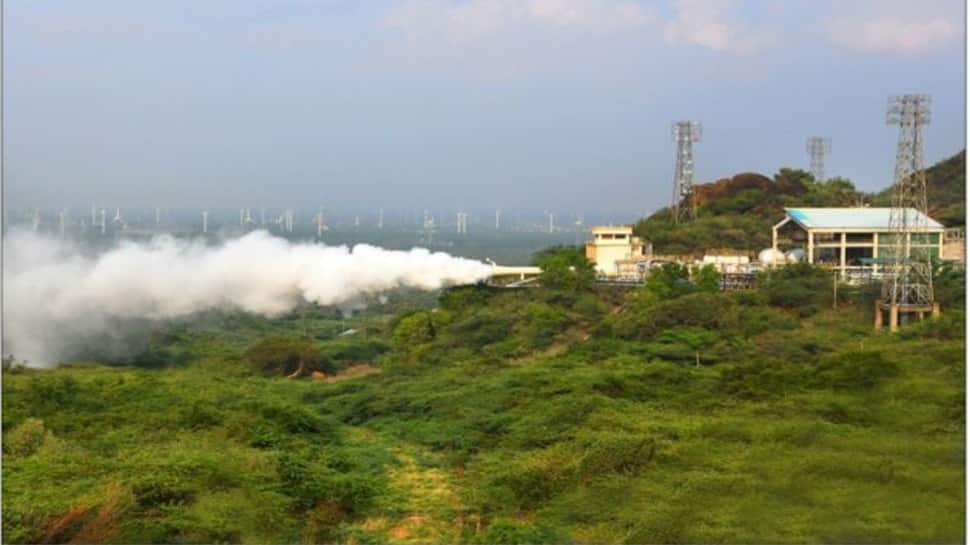New Delhi: The Indian Space Research Organisation (ISRO) has successfully completed the human rating of its CE20 cryogenic engine, a critical component of the Gaganyaan missions, an official said on Wednesday.
The Gaganyaan project envisages a demonstration of human spaceflight capability by launching a crew of three members into an orbit of 400 km for a three-day mission and bringing them back safely to earth by landing in Indian sea waters.
“ISRO has accomplished a major milestone in the human rating of its CE20 cryogenic engine that powers the cryogenic stage of the human-rated LVM3 launch vehicle for Gaganyaan missions, with the completion of the final round of ground qualification tests on February 13, 2024.
The final test was the seventh of a series of vacuum ignition tests carried out at the High Altitude Test Facility at ISRO Propulsion Complex, Mahendragiri, to simulate the flight conditions,” ISRO said in a press statement.
Mission Gaganyaan:
ISRO’s CE20 cryogenic engine is now human-rated for Gaganyaan missions.Rigorous testing demonstrates the engine’s mettle.
The CE20 engine identified for the first uncrewed flight LVM3 G1 also went through acceptance tests.https://t.co/qx4GGBgZPv pic.twitter.com/UHwEwMsLJK
— ISRO (@isro) February 21, 2024
Regarding the ground qualification tests for the human rating of the CE20 engine, they involved life demonstration tests, endurance tests, and performance assessment under nominal operating conditions as well as off-nominal conditions w.r.t thrust, mixture ratio, and propellant tank pressure. All the ground qualification tests of the CE20 engine for the Gaganyaan programme have been successfully completed.
“In order to qualify the CE20 engine for human rating standards, four engines have undergone 39 hot firing tests under different operating conditions for a cumulative duration of 8810 seconds, against the minimum human rating qualification standard requirement of 6350 seconds,” they said.
ISRO has also successfully completed the acceptance tests of the flight engine identified for the first unmanned Gaganyaan (G1) mission, tentatively scheduled for Q2 of 2024. This engine will power the upper stage of the human-rated LVM3 vehicle and has a thrust capability of 19 to 22 tonnes with a specific impulse of 442.5 seconds.
In a stellar display of prowess, India soared to new heights in 2023 with the successful soft landing of Chandrayaan-3 on the South Pole of the Moon and the launch of Aditya-L1, India’s first solar mission.
These milestones not only secured India’s standing in the global space economy but also fueled the engines for the private space sector in India. Among other feats India now aims for are the Gaganyaan Mission in 2024-2025, setting up ‘Bharatiya Antariksha Station’ by 2035, and sending the first Indian to the Moon by 2040.


